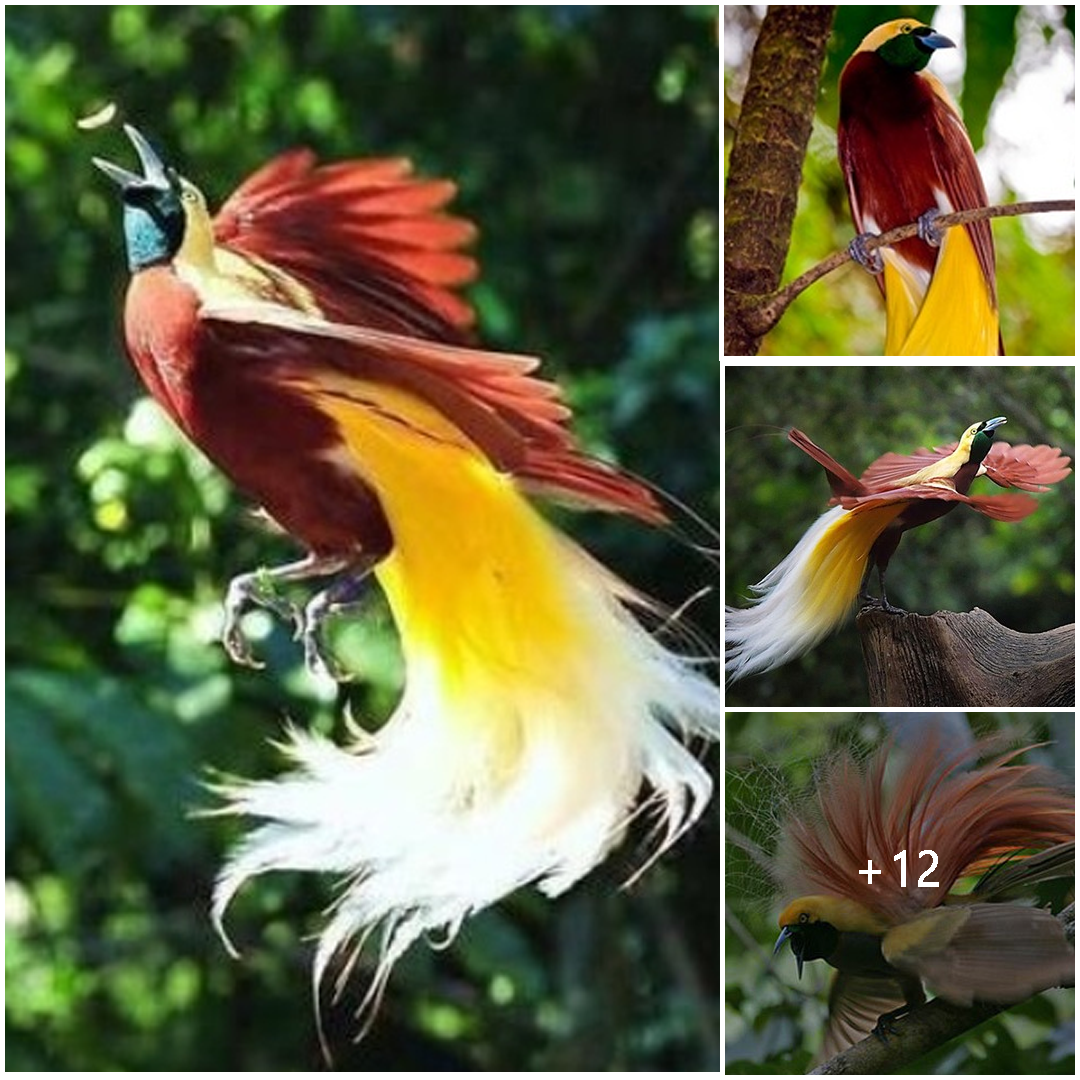
The Enigmatic Beauty of the Birds of Paradise
In the remote rainforests of Papua New Guinea, Indonesia, and surrounding islands, a group of birds adorned with vibrant plumage and unparalleled beauty grace the canopy with their presence. Known collectively as the Birds of Paradise, these avian wonders have long captured the imagination of explorers, scientists, and nature enthusiasts alike. Among them, each species possesses its own unique charm and allure, making the Birds of Paradise a fascinating subject of study and admiration.
The Birds of Paradise belong to the family Paradisaeidae, which comprises more than 40 species, each exhibiting distinctive plumage, behaviors, and habitat preferences. From the resplendent plumage of the Greater Bird of Paradise to the ethereal courtship dances of the Twelve-Wired Bird of Paradise, these birds showcase a remarkable array of adaptations shaped by millions of years of evolution.
One of the most remarkable features of Birds of Paradise is their extravagant plumage, which comes in an astonishing variety of colors, shapes, and textures. Males often display elaborate ornaments such as plumes, wattles, and tail feathers adorned with iridescent hues, which they use to attract females during courtship displays. These displays are among the most intricate and visually stunning spectacles in the avian world, with males engaging in elaborate dances, vocalizations, and acrobatic feats to woo potential mates.
Beyond their visual splendor, Birds of Paradise also exhibit fascinating behaviors and ecological adaptations. Many species are arboreal, spending much of their time high in the forest canopy, where they forage for fruits, insects, and other food sources. Their unique habitat preferences and specialized diets make them important indicators of forest health, with declines in population numbers often signaling environmental degradation and habitat loss.
Despite their cultural significance and ecological importance, Birds of Paradise face numerous threats to their survival. Habitat destruction, primarily driven by logging, mining, and agricultural expansion, poses a significant risk to these birds, as it leads to fragmentation and loss of their forest habitats. Additionally, illegal hunting and the illegal wildlife trade, fueled by demand for their exotic plumage and feathers, further endanger populations across their range.





